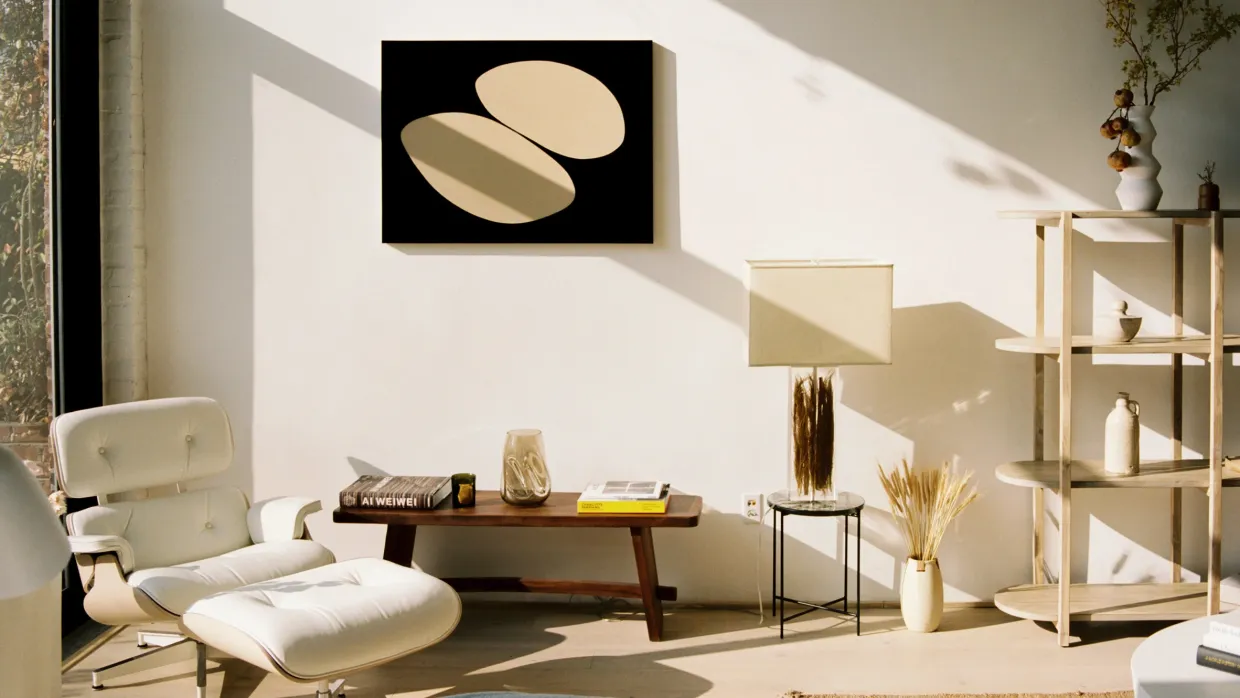
4 October 2021
The Rise of Japandi Style
Although they are over 8000 kms apart geographically, Japan and Scandinavia have a lot more in common than you might think, particularly when it comes to features of design.
Both cultures value simplicity, functionality and quality craftsmanship, both also have a profound respect for nature.
Over the last few years these shared attributes have given rise to an increasingly popular design aesthetic named ‘Japandi.’ The aim of perfectly blending these two styles is to create interiors that are minimal and comfortable without being cold. Expect to find clean lines, thoughtfully curated furnishings and muted colours that echo themes of nature and a simplistic way of life and beauty.
The reason they work in such harmony can be credited to two of their core cultural principles. The Scandi notion of ‘hygge,’ which is the Nordic term for the homely feeling of cosiness, and the Japanese concept of ‘wabi-sabi,’ which translates to finding beauty in imperfection. These clean, calm environments are perfect for our fast-paced, modern lifestyles of today. They give us sanctuary in which to slow down and relax in.
Japandi wouldn’t be possible without both cultures having the utmost respect for exquisite craftsmanship. Both are lauded for having some of the best preserved craftsmanship skills in the world and both cultures treasure the importance of time-honoured traditions.
There are reasons as to why they are held in such high regard. Celebrated Danish designer Nina Tolstrup, who is based in the UK says, “here craft is not about high-end, it could be about knitting socks, but in Japan and Scandinavia there’s that appreciation of things made by hand, made with care and made to last, they’re treated with respect and affection.”
Products that are built to last coupled with a deep respect for nature are bound to engender sustainability, a topic so very critical today, and a topic that should undoubtedly be a primary consideration of any designer’s vision. Designer Jonah Takagi, whose mother is Japanese and who was born in Tokyo, also recognises Japandi’s sustainable appeal, “I’ve seen a general trend toward fast, casual, almost disposable design. I’d like to believe that this Japandi trend might in some ways be a philosophical reaction to this rampant consumption of stylish yet cheaply made and poorly designed goods.”
Although Japandi is a relatively new trend, it has the potential to become a timeless staple. It is the ultimate pared back look, delivering the perfect blend of minimalism and comfort. What is even more valuable perhaps, is the inspiring philosophy it brings to your home. Embrace authenticity, respect craftsmanship, cherish nature and keep life simple.
12 Ways to incorporate Japandi into your home
- Follow minimalist design principles
- Always de-clutter the space
- Use simple clean lines
- Use natural materials and fabrics. Light oak is a good choice for furnishings.
- Keep colour palettes neutral and calm
- Use sustainable products where possible, rattan and bamboo are good options
- Choose quality and bespoke craftsmanship
- Focus on one or two statement pieces
- Simple and elegant foliage
- Make use of natural light
- Be aware of the symbolism and philosophy of Japanese design
- Modesty is key. Less is more
